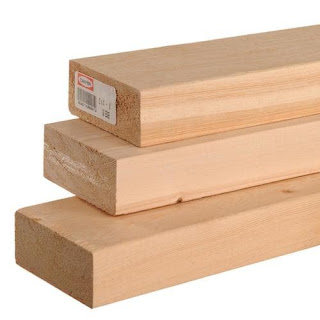Building a shed with 2x4 lumber can be a cost-effective and practical option for many DIYers. Here are some key considerations to keep in mind when using 2x4 lumber for your shed construction:
- Strength and stability: While 2x4 lumber is commonly used for framing in many residential construction projects, it may not be as strong or stable as larger lumber sizes, such as 2x6 or 2x8. It's important to ensure that your shed design takes into account the load-bearing requirements of the structure, including snow loads, wind loads, and any other factors specific to your location.
- Span and spacing: The span and spacing of your 2x4 lumber will also impact the structural integrity of your shed. If you are using 2x4s for roof rafters, floor joists, or wall studs, be sure to follow appropriate span and spacing guidelines for the size and species of lumber you are using. This will help prevent sagging or other structural issues over time.
- Treatment and protection: 2x4 lumber is typically not pressure-treated, which means it may be more susceptible to moisture damage, decay, and insect infestation. To protect your shed from these issues, consider using pressure-treated 2x4 lumber or applying a wood preservative to untreated lumber.
- Fasteners and connections: The type and quality of fasteners and connections used with 2x4 lumber are crucial for ensuring the stability and durability of your shed. Use appropriate nails, screws, brackets, and other hardware that are rated for the size and type of lumber you are using, and follow best practices for fastening and connecting lumber.
- Code compliance: Be sure to check local building codes and regulations to ensure that your shed construction using 2x4 lumber meets all applicable requirements. This may include requirements for structural design, framing, anchoring, and other factors that impact the safety and legality of your shed.
With proper planning, design, and construction techniques, 2x4 lumber can be a suitable option for building a lean to shed. However, it's important to carefully consider the load-bearing requirements, span and spacing, treatment and protection, fasteners and connections, and code compliance to ensure a safe and durable structure. Always follow best practices and consult with a qualified professional if needed to ensure that your shed is constructed to code and built to last.

0 comments:
Post a Comment
Note: Only a member of this blog may post a comment.